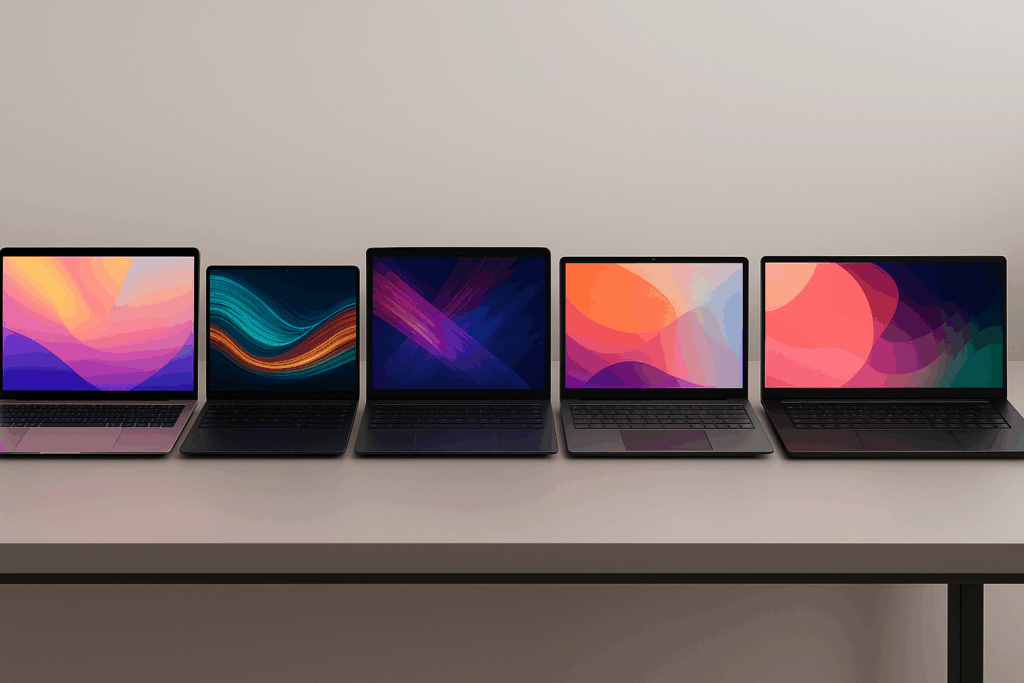Quantum Computing in 2025: Real-World Applications and Challenges
Quantum computing, once relegated to theoretical physics and advanced research labs, is increasingly stepping into the practical realm by 2025. While it’s still far from replacing classical computers in every domain, these advanced machines are beginning to influence industries from pharmaceuticals to finance, challenging long-held notions about computational power and opening up questions that conventional technologies couldn’t even begin to tackle. It feels a bit surreal, honestly, to see something that was just talk and hype a decade ago now start to impact business and science in tangible ways.
At the heart of this leap forward is quantum computing’s ability to harness phenomena like superposition and entanglement. What does that mean in practice? Certain computations—think massive optimization problems, complex cryptography, or molecular simulations that would stretch classical computers to their breaking point—can now be tackled in reasonable timeframes. Not with flashy magic, but with carefully designed algorithms that, at their best, appear to leap over hurdles that stymie classical systems.
Industries are embracing pilot quantum projects to solve thorny problems that, honestly, were nearly intractable just a few years ago. Pharmaceutical companies, for example, are employing quantum simulations to map out the structures of new molecules, promising a faster pipeline for drug discovery. Some financial firms are investigating quantum-enhanced models for portfolio optimization or risk analysis, where being able to parse subtle correlations can make a real-world difference. Even supply chain management and logistics are benefiting, with quantum approaches used to optimize delivery routes—sometimes resulting in lower costs and fewer carbon emissions, which is more than a nice bonus these days.
However, it’s not all clear sailing. Quantum hardware, for all its promise, is famously fragile. Qubits—the fundamental units of quantum information—must often be kept at temperatures near absolute zero and carefully shielded from environmental noise. Even a slight disturbance can throw off calculations. Error rates, fleeting coherence times, and scaling challenges pose serious technical obstacles. I’ve spoken to a few researchers who describe this as “building a skyscraper out of fog.” To address it, teams are pouring energy into error correction codes and hybrid algorithms that mix quantum and classical steps to balance reliability with power.
Security is another big topic. Many of today’s cryptographic techniques rely on mathematical problems that quantum computers could, in theory, unravel with ease. The result? A scramble to invent post-quantum cryptography—encryption methods assumed to be resistant to attacks from these machines. If you handle sensitive data, or just pay attention to news on cyber risks, this is an evolving discussion you can’t really ignore anymore.
On the socio-economic side, the rise of quantum computing brings both promise and pitfalls. Certainly, the opportunities are huge: revolutionizing industries, creating new markets, and advancing scientific discovery. But there’s a real risk that quantum resources—because of their cost and complexity—may end up concentrated in a few tech hubs or giant corporate labs, widening the gap between those who have access and those who don’t. Talent is part of the equation too. Quantum programming and systems design aren’t skills you pick up overnight, and there’s a notable shortage of people trained in these areas.
Despite all this, the field’s momentum is undeniable. Governments are backing quantum initiatives at unprecedented levels, and collaborations between universities and industry heavyweights are growing. One promising trend is the rise of cloud-based quantum computing, making it possible for startups, researchers, and even curious students to experiment and innovate without building their own quantum hardware. In my opinion, this democratization, even if still nascent, will shape the next chapter more than any one breakthrough machine.
Looking forward, quantum computing in 2025 is a harbinger of a new computational era. The impact is still mostly felt within specialized niches—“hidden” inside algorithms used by scientists or logistics planners—but it’s spreading. The technology’s potential to transform science, business, and security is vast, not just in a technical sense but for how we think about information itself. The challenge? To adopt these technologies thoughtfully, tackling ethical dilemmas and access gaps along the way. If recent years have taught us anything, it’s that new power brings new questions, and quantum computing is no exception.

